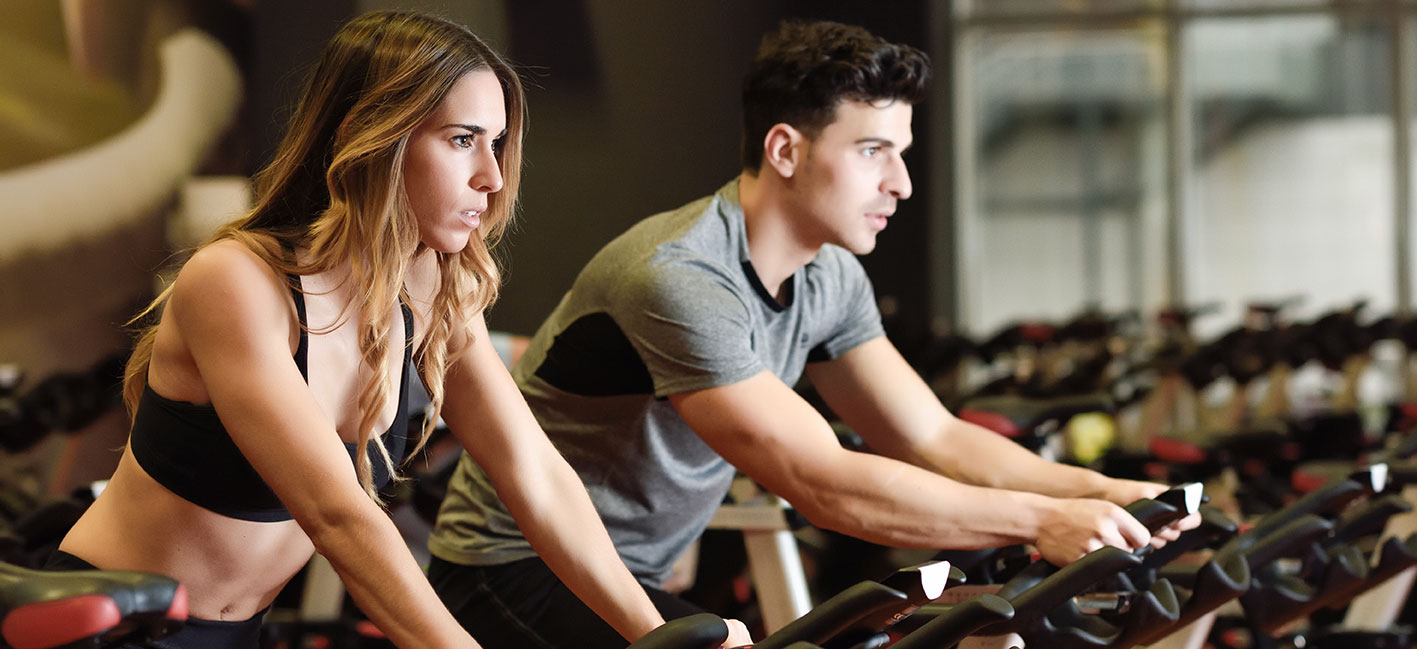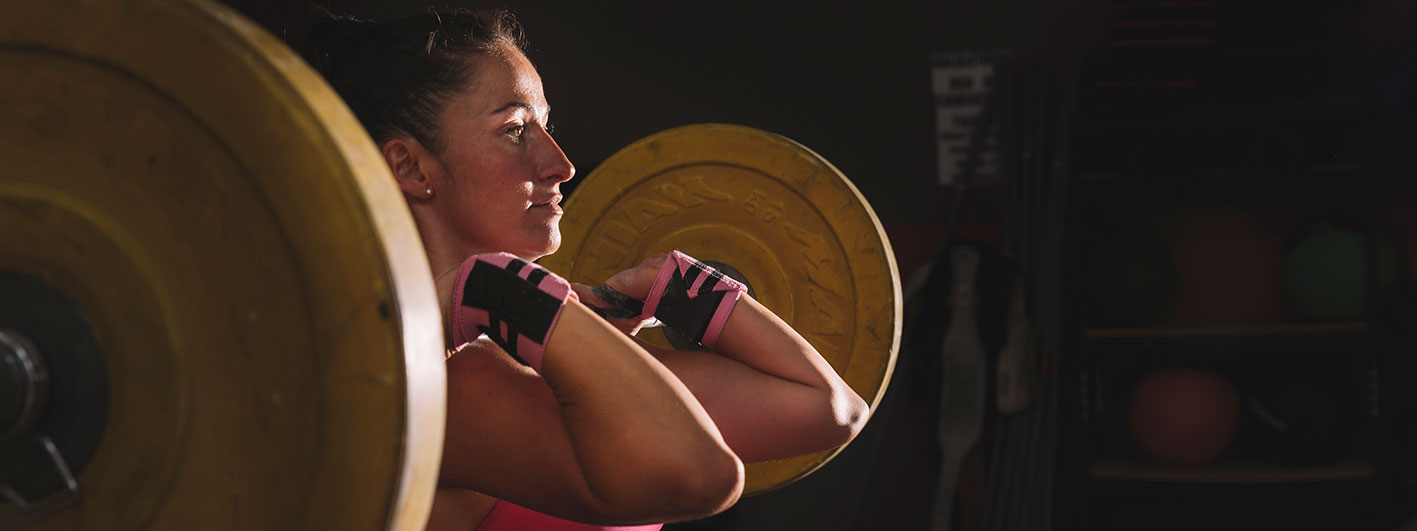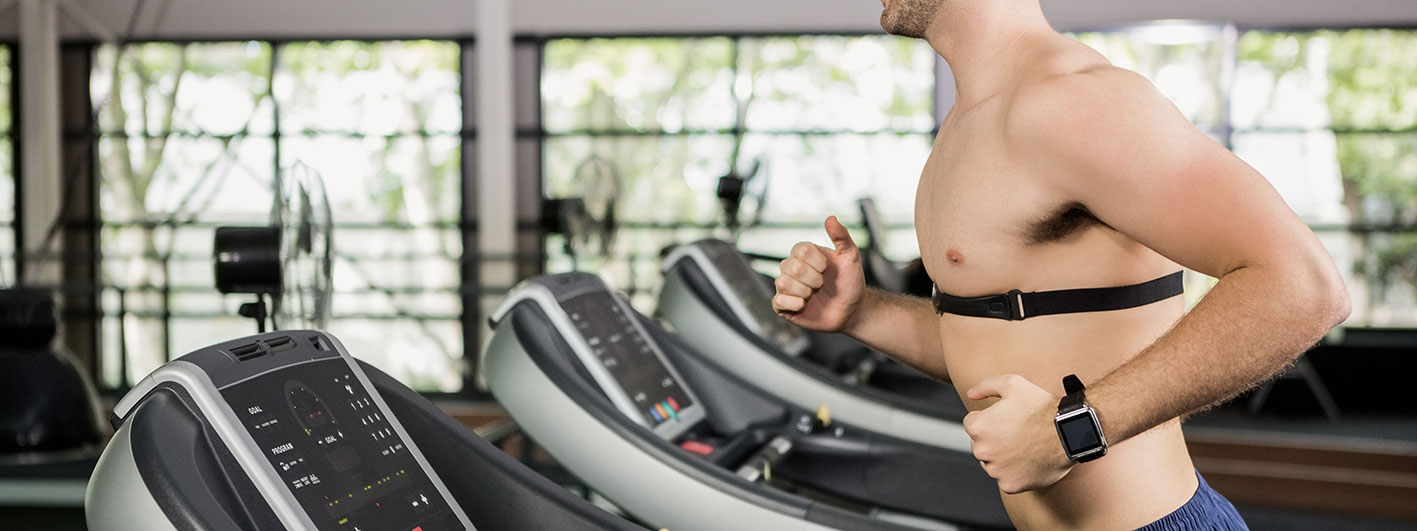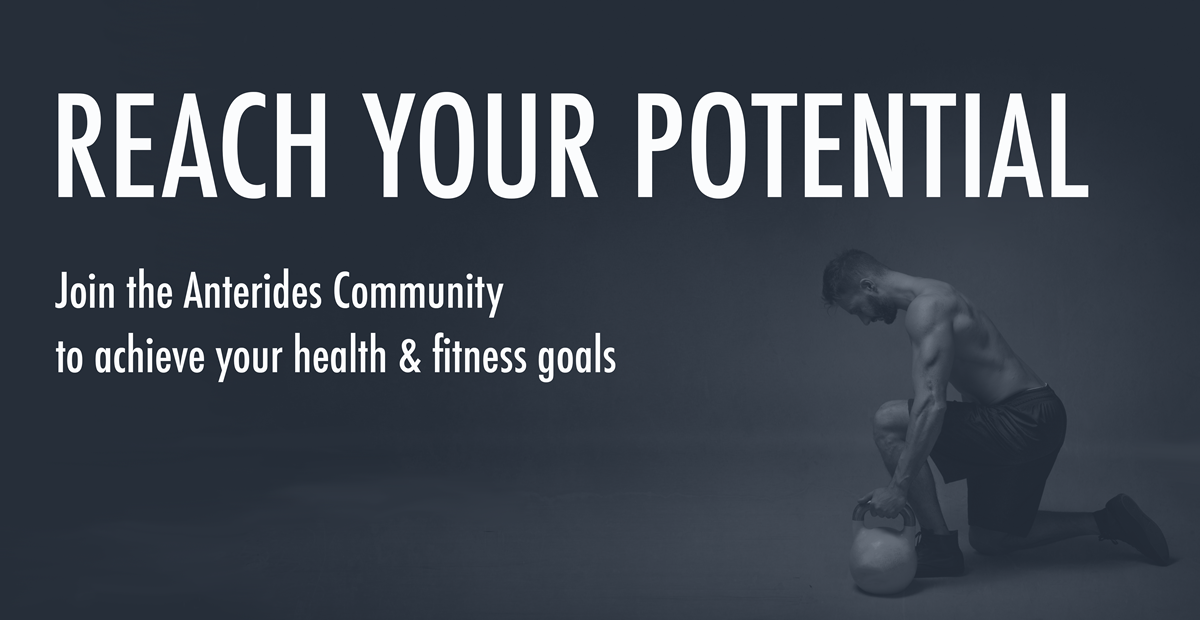ARE YOU TRAINING AT THE RIGHT INTENSITY?
Posted: 05/12/2020 by Steven Lokwan Ph.D.

No matter what exercise program you embark on it’s important to be able to gauge if you are in the goldilocks zone of not pushing yourself too hard or not pushing yourself hard enough; in other words, you need some way of telling if you are training at the right intensity for your personal fitness goals.
There are a number of ways in which exercise intensity can be measured ranging from the very objective to the somewhat subjective. Objective measures include measuring the rate of oxygen consumption or change in heart rate, whilst subjective measures include rating the level of perceived exertion against a standardized scale. Whilst, of course, objective measures are the gold standard when it comes to measuring anything since they are based on empirical data, it is not always practical or even necessary to aim for such a lofty goal. In the case of exercise intensity, few of us have access to the laboratory conditions required to test our oxygen consumption, and even fewer would probably want to get strapped into all the paraphernalia such testing would entail.
For the vast majority, when it comes to simply knowing if you are training at the right intensity the subjective means of using a Rating of Perceived Exertion (RPE) is far more convenient, especially since in most cases little to no equipment is required, and is simply based on how hard you feel your body is working as you heart beats faster, you become breathless, you work up a sweat, and your muscles start to tire.
In order to rate your perceived level of exertion whilst training, it is important to consider how you feel as a whole, and not just focus on one sensation. It’s also important to remember that you need to base things on the exertion you feel and not empirical measures such as the actual speed you are running or the weight you are lifting, or even worst compare yourself to those around you.

Subjective measures of exercise intensity at your disposal include the talk test, which simply gauges intensity by how much you can talk whilst exercising, adherence to proper form and technique and facial expression. However, a more refined subjective RPE is the Borg scale {1}, which requires you to consider how you feel whilst training and apply this to a scale that runs from 6 to 20 on the Borg Rating of Perceived Exertion scale. Whilst this scale was originally applied to endurance training, its practical application to strength training is just as effective for setting appropriate loads according to exercise goal and parameters {2}:
| Borg RPE | How You Feel | Examples |
| 6 | No Exertion | Sitting down |
| 7 | Extremely Light | |
| 8 | ||
| 9 | Very Light | Casual Stroll |
| 10 | ||
| 11 | Light | Walking at a normal pace without becoming breathless |
| 12 | ||
| 13 | Somewhat hard | Brisk walking, increased heart rate and breathing without becoming breathless |
| 14 | ||
| 15 | Hard | A good 'general' level to train at, which requires vigorous effort. Your heart may be pounding and breathing very fast. |
| 16 | ||
| 17 | Very Hard | Very strenuous; the highest level you can sustain. |
| 18 | ||
| 19 | Extremely Hard | An unsustainable level for prolonged periods, but useful for a sprint finish. |
| 20 | Maximal Exertion |
You may wonder why the Borg RPE scale starts at 6 and goes to 20. This is because it was designed to give you a rough estimate of your actual heart rate during activity. To calculate this, all you need to do is multiply your RPE by 10. So, for example, if your RPE is 15, then according to the Borg scale your heart should be beating 15 X 10 = 150 beats per minute.

It should be noted that this is only a rough indicator for your heart rate since the scale is based on an average ‘healthy’ adult. This means that factors that affect your heart rate such as age and current physical condition are not accounted for. It has been estimated that an RPE rating of 12-13 is equivalent to 60% of your maximum heart rate (MHR), and an RPE of 16 is close to 90% MHR {3}.
In practical terms, a few minutes into your workout after your warm-up is a good time to assess the intensity you are training at. At this point, you should ideally be somewhere in the region of RPE 11-17 depending on your goals. Therefore, if you find that your RPE is <12 you should aim to increase your workout intensity. If, however, you feel that your RPE is >17 so early on in your routine you may want to ease back a little, otherwise, you may not be able to finish your workout.
REFERENCES
{1} Borg GA: Psychophysical bases of perceived exertion. Med Sci Sports Exerc. 1982;14:377–381.
{2} Buckley JP, Borg GA: Borg's scales in strength training; from theory to practice in young and older adults. Appl Physiol Nutr Metab. 2011 Oct;36(5):682-92. doi: 10.1139/h11-078.
{3} Pollock ML, et al.: Exercise in health and disease: Evaluation and prescription for prevention and rehabilitation. W.B. Saunders, Philadelphia 1984.




